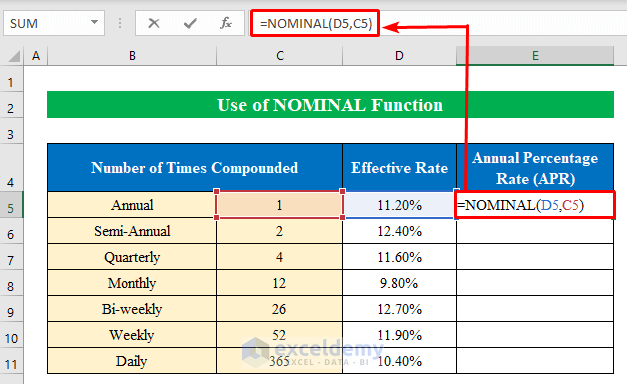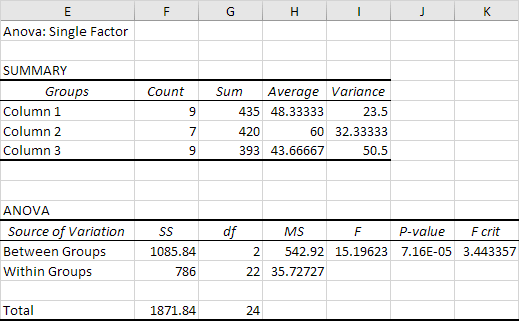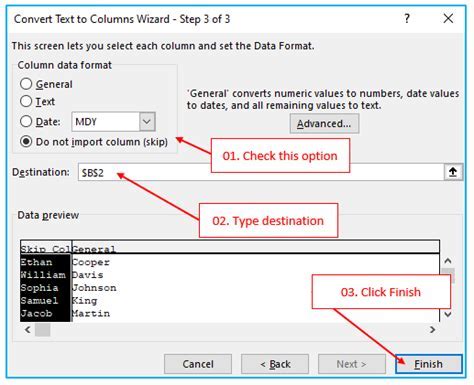Uncertainty in Excel Made Easy
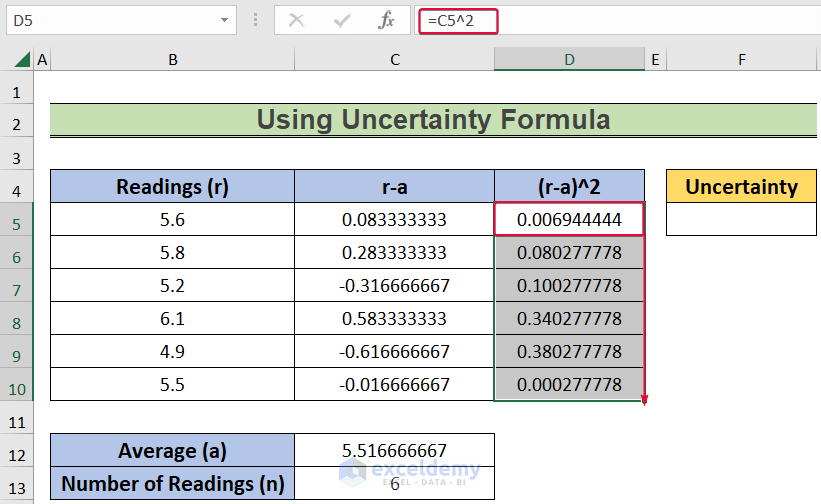
Introduction to Uncertainty in Excel
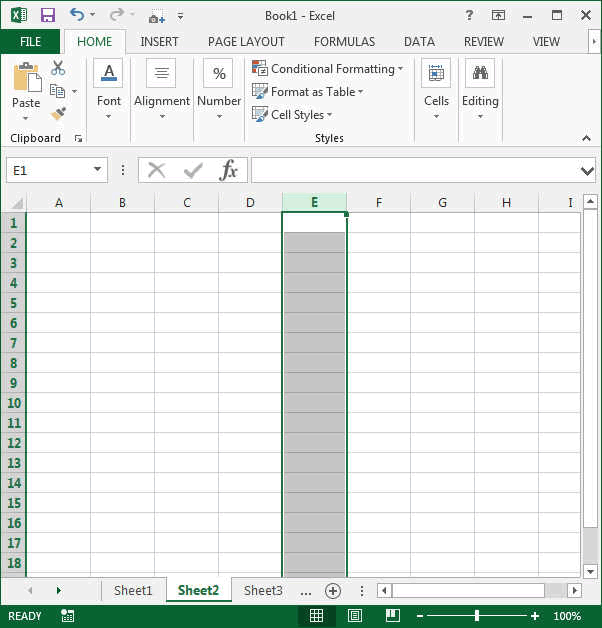
When working with data in Excel, uncertainty is a concept that can be difficult to grasp, especially for those who are new to statistical analysis. Uncertainty refers to the degree of doubt or imprecision associated with a particular value or measurement. In Excel, uncertainty can be represented using various tools and techniques, such as error bars, confidence intervals, and probability distributions. In this article, we will explore the concept of uncertainty in Excel and provide a step-by-step guide on how to work with it.
Understanding Error Bars
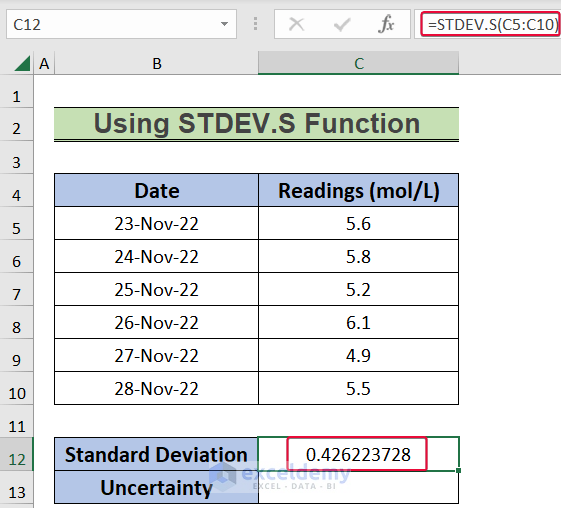
Error bars are a visual representation of uncertainty in Excel. They are used to display the margin of error associated with a particular value or measurement. Error bars can be added to charts and graphs to provide a clearer picture of the data. To add error bars in Excel, follow these steps: * Select the data range that you want to display with error bars * Go to the “Chart” tab in the ribbon and click on “Error Bars” * Select the type of error bar that you want to display, such as “Standard Error” or “Standard Deviation” * Customize the error bar settings as needed
Working with Confidence Intervals
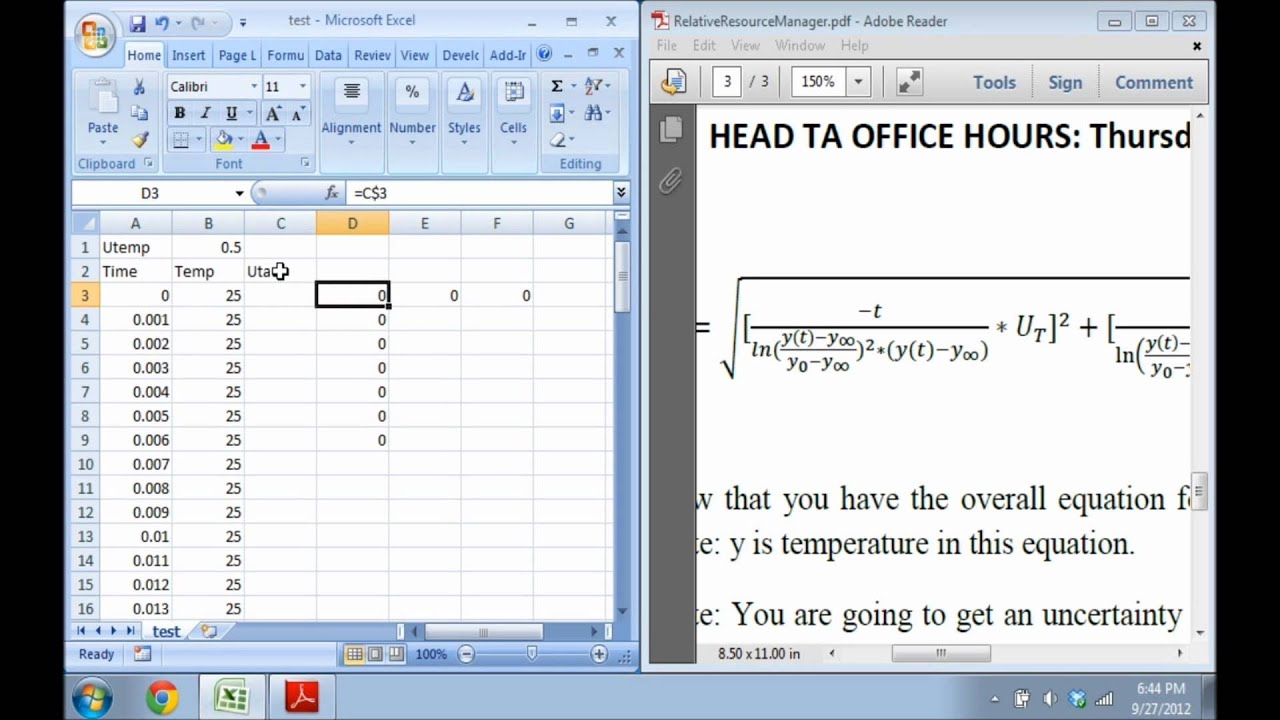
Confidence intervals are a statistical tool used to estimate the population parameter based on a sample of data. In Excel, confidence intervals can be calculated using the CONFIDENCE.T function. This function returns the confidence interval for a population mean, given a sample of data. To calculate a confidence interval in Excel, follow these steps: * Select the data range that you want to analyze * Go to the “Formulas” tab in the ribbon and click on “Statistical” * Select the “CONFIDENCE.T” function and enter the required arguments, such as the sample mean, sample standard deviation, and confidence level * Customize the confidence interval settings as needed
Using Probability Distributions

Probability distributions are a statistical tool used to model the behavior of random variables. In Excel, probability distributions can be used to simulate uncertainty and estimate the likelihood of different outcomes. Some common probability distributions used in Excel include the Normal Distribution, Binomial Distribution, and Poisson Distribution. To use probability distributions in Excel, follow these steps: * Select the data range that you want to analyze * Go to the “Formulas” tab in the ribbon and click on “Statistical” * Select the probability distribution that you want to use and enter the required arguments, such as the mean and standard deviation * Customize the probability distribution settings as needed
Simulating Uncertainty with Monte Carlo Simulations
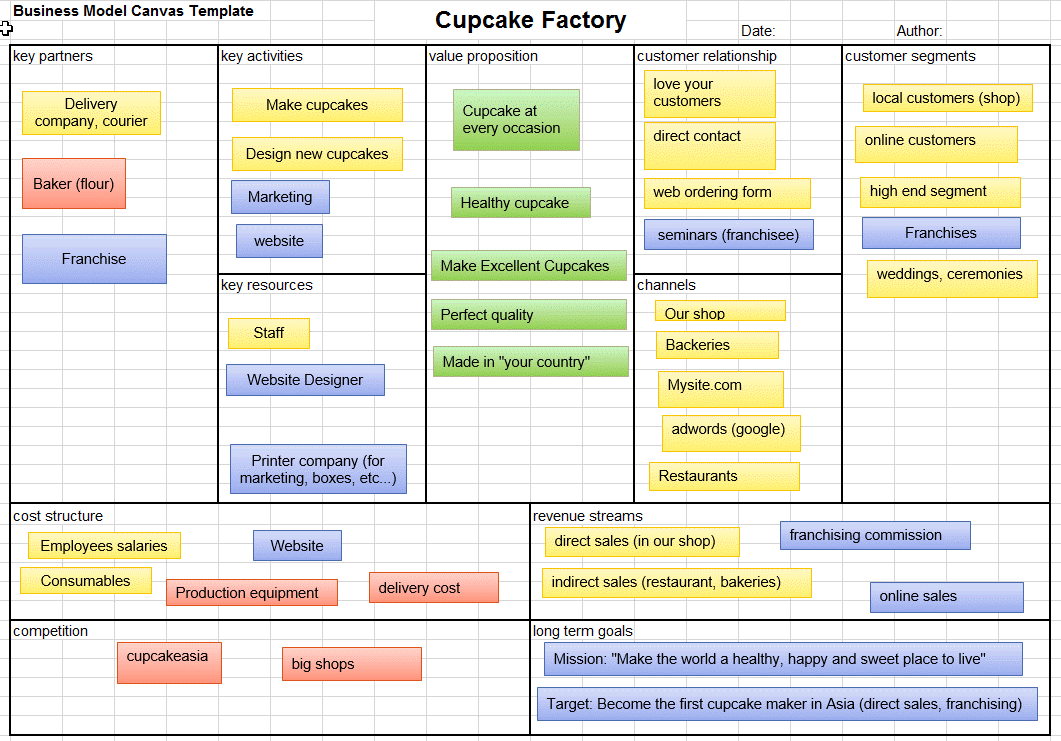
Monte Carlo simulations are a statistical tool used to simulate uncertainty and estimate the likelihood of different outcomes. In Excel, Monte Carlo simulations can be used to simulate the behavior of complex systems and estimate the uncertainty associated with different outcomes. To perform a Monte Carlo simulation in Excel, follow these steps: * Select the data range that you want to simulate * Go to the “Data” tab in the ribbon and click on “What-If Analysis” * Select the “Monte Carlo Simulation” option and enter the required settings, such as the number of iterations and random seed * Customize the simulation settings as needed
| Tool | Description |
|---|---|
| Error Bars | A visual representation of uncertainty in Excel |
| Confidence Intervals | A statistical tool used to estimate the population parameter based on a sample of data |
| Probability Distributions | A statistical tool used to model the behavior of random variables |
| Monte Carlo Simulations | A statistical tool used to simulate uncertainty and estimate the likelihood of different outcomes |

📝 Note: When working with uncertainty in Excel, it's essential to understand the limitations and assumptions of each tool and technique. By using these tools and techniques effectively, you can gain a better understanding of the uncertainty associated with your data and make more informed decisions.
As we can see, uncertainty is an essential concept in Excel that can be represented using various tools and techniques. By understanding how to work with error bars, confidence intervals, probability distributions, and Monte Carlo simulations, you can gain a better understanding of the uncertainty associated with your data and make more informed decisions. In the next section, we will explore some common applications of uncertainty in Excel and provide examples of how to use these tools and techniques in real-world scenarios.
Applications of Uncertainty in Excel
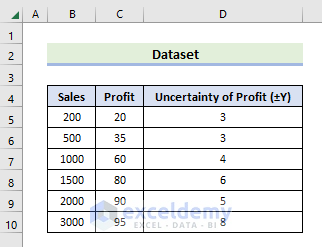
Uncertainty has a wide range of applications in Excel, from financial modeling to engineering design. Some common applications of uncertainty in Excel include: * Risk analysis: Uncertainty can be used to estimate the likelihood of different outcomes and make informed decisions about risk. * Financial modeling: Uncertainty can be used to estimate the uncertainty associated with financial projections and make informed decisions about investments. * Engineering design: Uncertainty can be used to estimate the uncertainty associated with design parameters and make informed decisions about design trade-offs. * Quality control: Uncertainty can be used to estimate the uncertainty associated with quality control measurements and make informed decisions about process control.
Best Practices for Working with Uncertainty in Excel
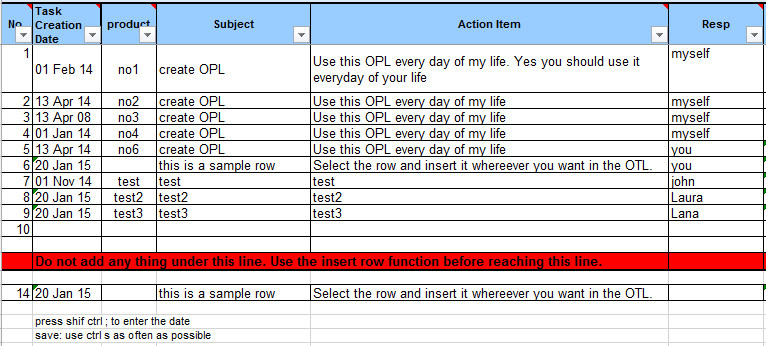
When working with uncertainty in Excel, there are several best practices to keep in mind: * Understand the limitations and assumptions of each tool and technique: Each tool and technique has its own limitations and assumptions, and it’s essential to understand these before using them. * Use multiple tools and techniques to validate results: By using multiple tools and techniques, you can validate your results and gain a better understanding of the uncertainty associated with your data. * Document your methods and assumptions: It’s essential to document your methods and assumptions so that others can understand and replicate your results. * Communicate uncertainty effectively: Uncertainty can be difficult to communicate, but it’s essential to communicate it effectively to stakeholders and decision-makers.
In summary, uncertainty is an essential concept in Excel that can be represented using various tools and techniques. By understanding how to work with error bars, confidence intervals, probability distributions, and Monte Carlo simulations, you can gain a better understanding of the uncertainty associated with your data and make more informed decisions. By following best practices and using multiple tools and techniques, you can validate your results and communicate uncertainty effectively.
What is uncertainty in Excel?
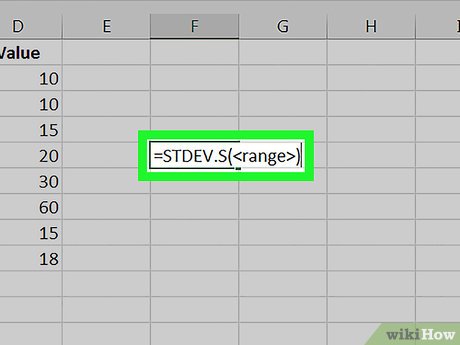
+
Uncertainty in Excel refers to the degree of doubt or imprecision associated with a particular value or measurement. It can be represented using various tools and techniques, such as error bars, confidence intervals, and probability distributions.
How do I add error bars in Excel?

+
To add error bars in Excel, select the data range that you want to display with error bars, go to the “Chart” tab in the ribbon, and click on “Error Bars”. Then, select the type of error bar that you want to display and customize the error bar settings as needed.
What is a confidence interval in Excel?
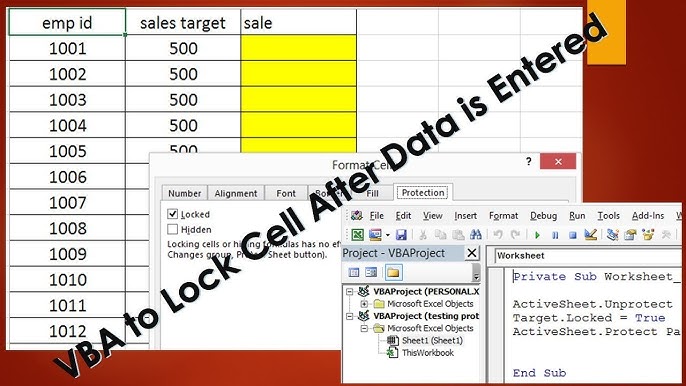
+
A confidence interval in Excel is a statistical tool used to estimate the population parameter based on a sample of data. It can be calculated using the CONFIDENCE.T function and provides a range of values within which the population parameter is likely to lie.
